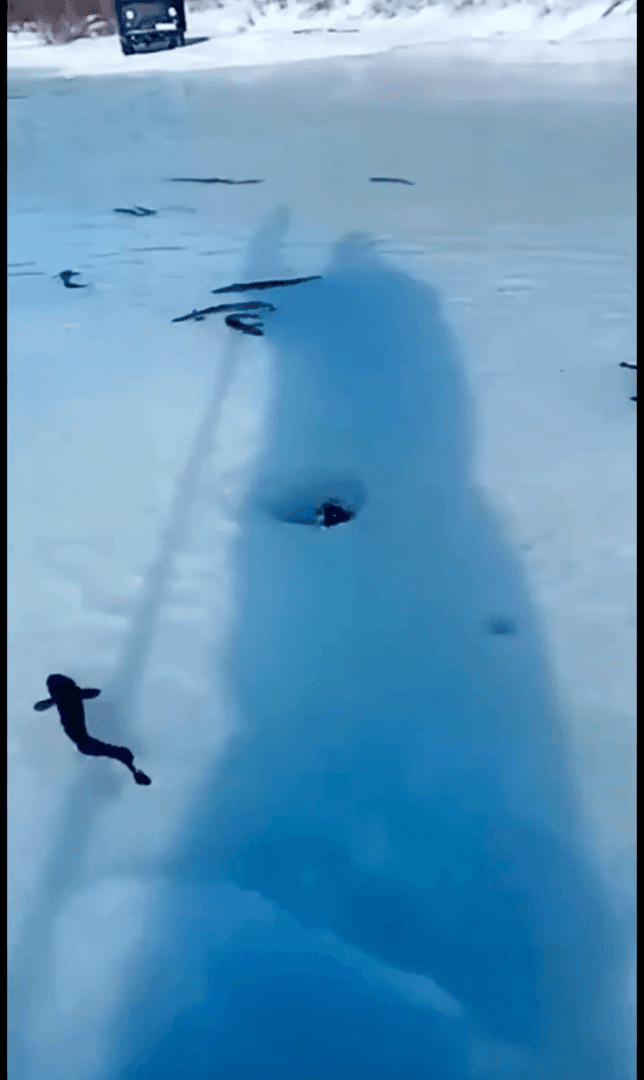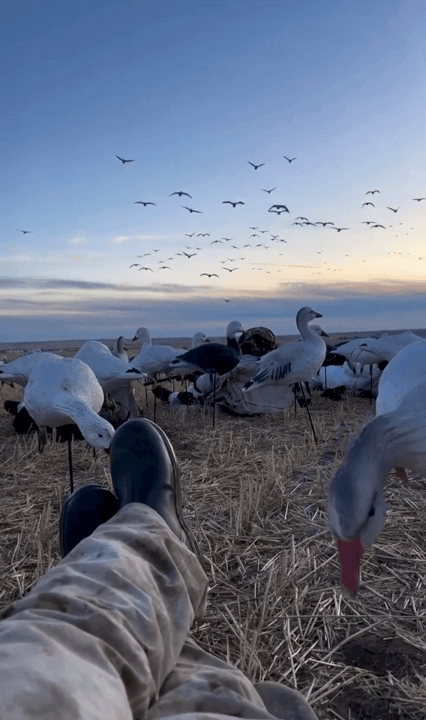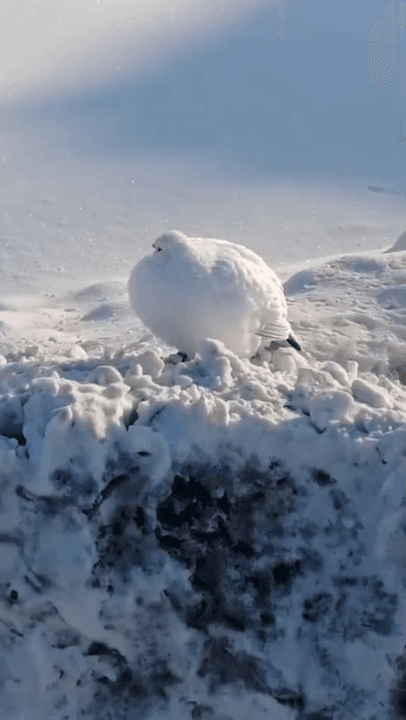
Flinders Ranges Hunting: Hunting Associations and Clubs and Unique Features of Hunting in that region, Demographics, Legislation System, Laws and Hunting Seasons The Flinders Ranges, located in South Australia, is a rugged and breathtaking region that offers a unique hunting experience. Known for its dramatic landscapes, ancient geology, and diverse wildlife, this area attracts hunters seeking adventure and challenge. 1. Geographical and Natural Features of the Region for Hunting The Flinders Ranges stretch over 430 kilometers, featuring a mix of mountain ranges, gorges, and arid plains. The region is characterized by its semi-arid climate, with hot summers and mild winters. The terrain is diverse, offering everything from steep rocky slopes to open grasslands, making it an ideal habitat for a variety of game species. The region’s unique geology, including the iconic Wilpena Pound, provides natural shelters and water sources that attract wildlife. The vegetation ranges from native
Post: 1 June 00:27
















































